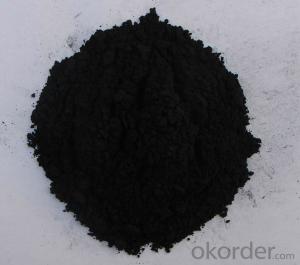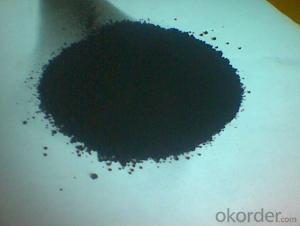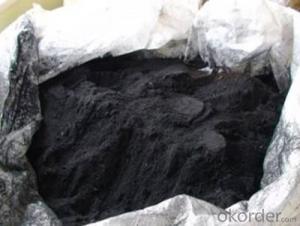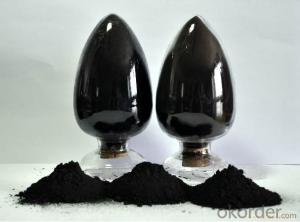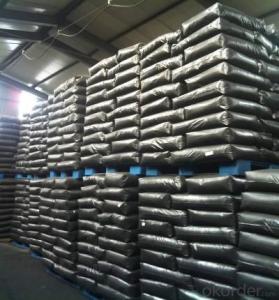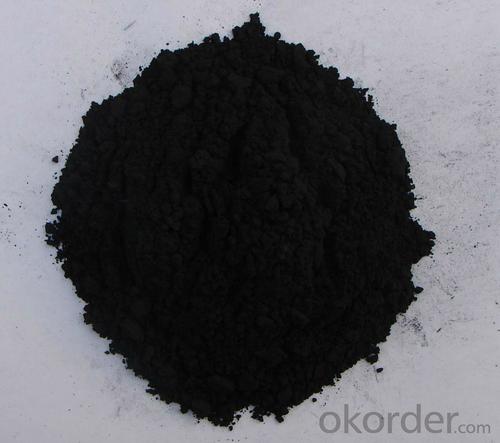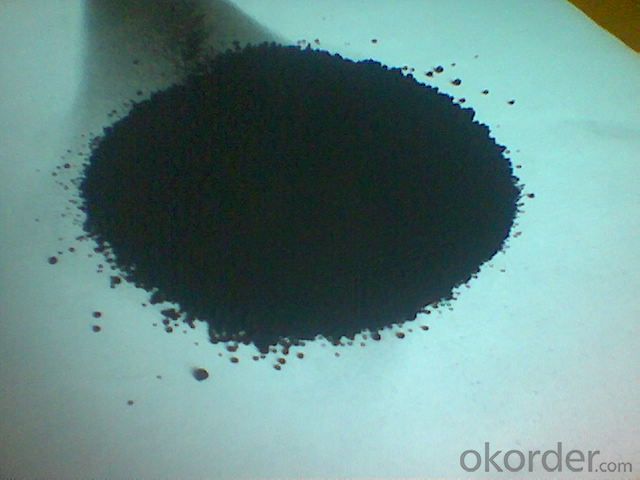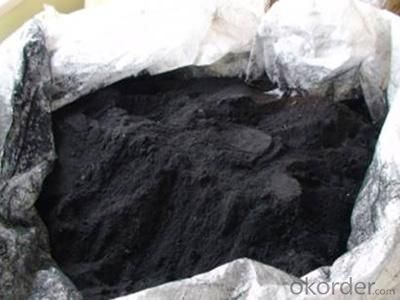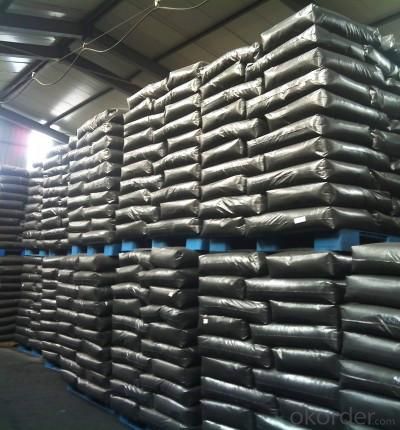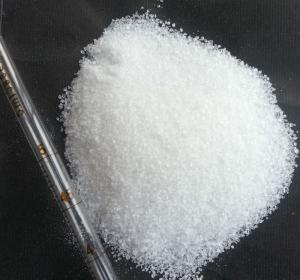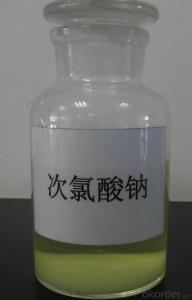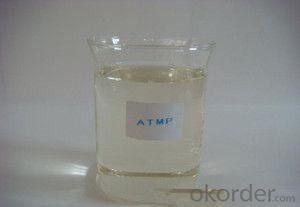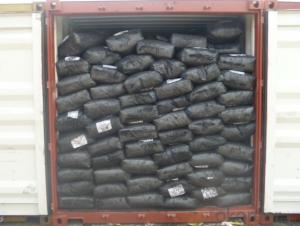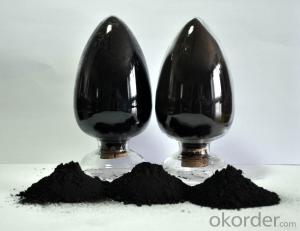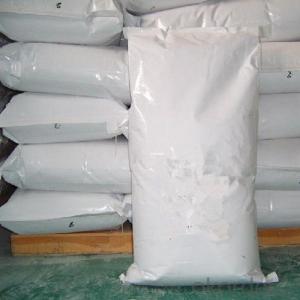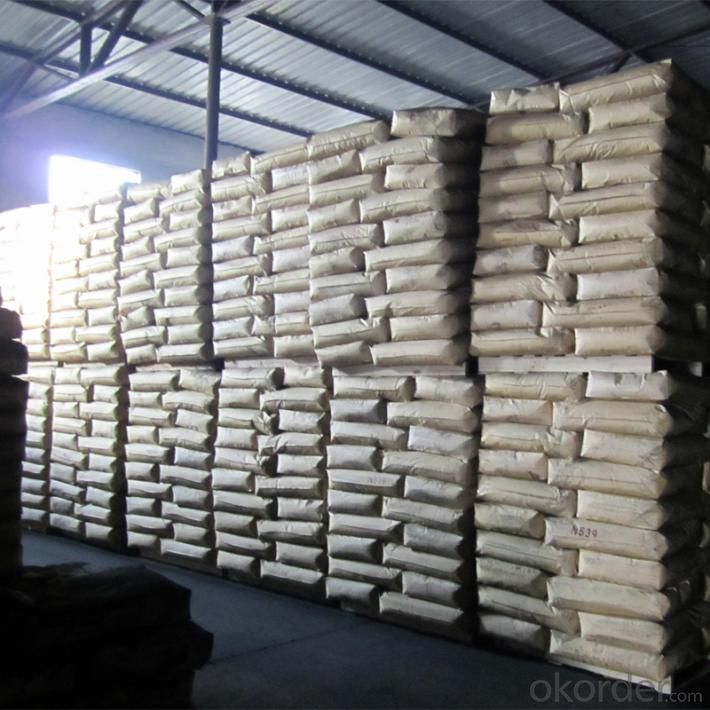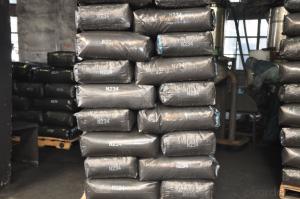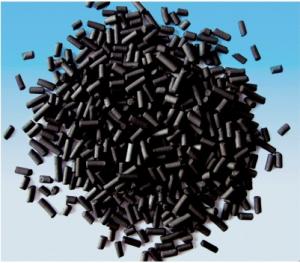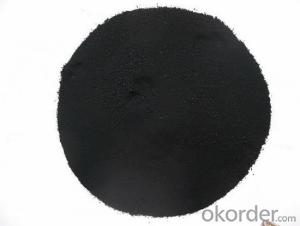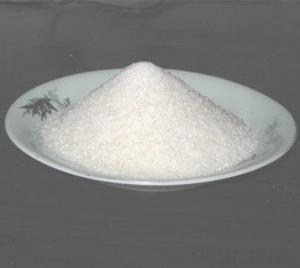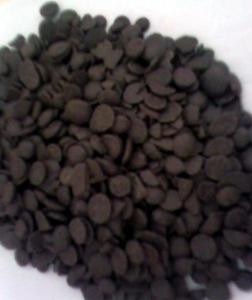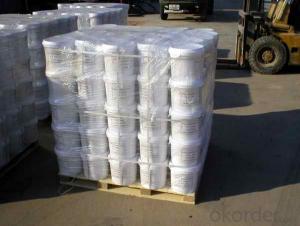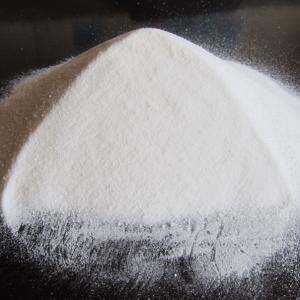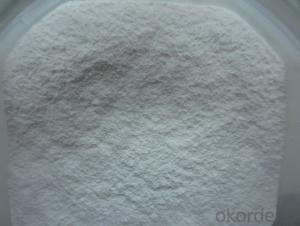Carbon black (powder /granular)
- Loading Port:
- Qingdao
- Payment Terms:
- TT OR LC
- Min Order Qty:
- -
- Supply Capability:
- 20000 m.t./month
OKorder Service Pledge
OKorder Financial Service
You Might Also Like
Specifications
Carbon black N330 N220 N550 N660
1:black powder or granular
2.rubber industry
3.tyres cable tape
4:high quality
Carbon Black N220/N330/N550/N660
Character:
1. Cas no:1333-86-4
2. Standard: GB 3778-2003
3. Form: black granule or powder
4. Process: wet or dry process
Specification:
Items | N220 | N330 | N550 | N660 |
Iodine Absorption Number g/kg | 121 +/-5 | 82 +/-5 | 43 +/-4 | 36 +/-4 |
DBP Absorption Number 10-5m3/Kg | 114 +/-5 | 102 +/-5 | 121 +/-5 | 90 +/-5 |
DBP Absorption Number of Compressed Sample 10-5m3/Kg | 93~107 | 81~95 | 81~95 | 68~82 |
CTAB Surface Area 103m2/Kg | 106~116 | 79~87 | 38~46 | 31~39 |
Nitrogen Surface Area 103m2/Kg | 114~124 | 78~88 | 38~46 | 30~40 |
Tint Strength | 110~120 | 98~108 | - | - |
Heating Loss | 3.0 | 2.5 | 2.5 | 1.5 |
Ash | 0.5 | 0.5 | 0.5 | 0.5 |
Tensile Strength Map ≥ | -0.8 | -1.5 | -3.5 | -3.5 |
Extension% ≥ | +10 | -10 | -10 | +10 |
Map Modulus at 300% | -2.5 +/-1.3 | -1.7 +/-1.3 | -1.7 +/-1.3 | -3.5 +/-1.3 |
Usage: maily applied to various rubber products such as tyres, rubber overshoes, cable, seal ring, tape etc. Moreover they can be applied to such relevant industries as plastic manufacture.
Storage: Put away from water and solarization
- Q: Chemical Glossary: Catalyst
- The catalyst is a substance that can change the rate of the reaction without changing the standard of the reaction Gibbs free, according to the definition of the International Pure and Applied Chemistry (IUPAC) in 1981, Enthalpy change. This effect is called catalysis. The reaction involving the catalyst is a catalytic reaction.
- Q: Is it possible for the different chemical reactions to have the same catalyst?
- Right, think about the catalysis of biological enzymes
- Q: The chemical reaction equation of methanol heating and oxygen in the presence of catalyst
- Catalytic oxidation of formaldehyde
- Q: Please name 2 common examples of catalysts.Thank you?
- Well, there's Adam's Catalyst (PtO2) which is one of the most used catalysts.
- Q: how can you tell when a substance serves as a catalyst?
- It makes a reaction run faster and better AND it is not used up by the reaction
- Q: Just something I've always wondered about...
- there are so much catalysts made up of transition metals. because one of the characteristics of transition metals is can be made to catalyst. one of the catalyst that is mostly used is iron fillings which is used as catalyst to make ammonia from nitrogen gas and hydrogen gas.
- Q: How to poison the catalyst. What can be done?
- In the reactants or catalyst mixed with a small amount of material, so that the catalyst catalytic capacity of a sharp decline or even loss, this phenomenon is called catalyst poisoning. For example, in the synthesis of ammonia feed gas containing CO, CO2 and H2S, PH3, water vapor and other impurities, can make iron catalyst poisoning; contact with the system of sulfuric acid, if arsenic and selenium oxide (As2O3, SeO2), can make vanadium catalyst Loss of activity. Therefore, it is necessary to purify the feed gas, prevent the poisoning of the catalyst, and also reduce the corrosion of the equipment. The phenomenon of catalyst poisoning is sometimes temporary, the removal of toxicants, the effectiveness of the catalyst can still be restored; sometimes it is permanent, without chemical treatment can not restore catalytic performance.
- Q: how a catalyst can provide a new route in forming the product?
- A catalyst will almost always provide an alternative route for the reaction in question. It is common to hear the statement that a catalyst does not take part in a reaction, but that is almost always untrue. Properly defined, a catalyst is a species that alters the rate of a chemical reaction and which can be recovered unchanged BY MASS at the conclusion. In other words, the amount of catalyst present at the end of the reaction is the same as the amount at the start, but the catalyst itself has likely reacted many many times as the reaction proceeded. A simple example is the decomposition of hydrogen peroxide. The reaction taking place can be summarised as: 2 H2O2(l) ---2 H2O(l) + O2(g) This reaction is very slow under normal circumstances. However, if you drop in a crystal of potassium iodide, the reaction becomes extremely fast. The reason is that the potassium iodide dissolves and dissociates releasing iodide ions. These provide a new two-step reaction pathway in which both steps are rapid: H2O2 + I- ---H2O + IO- H2O2 + IO- ---H2O + O2 + I- Notice that if you add these equations together you get the same overall reaction as before. The iodide ion does not take part in the overall reaction, and so must be present at the end. However, it does take part in the mechanism of the reaction, and is undergoing a lot of reactions.
- Q: If possible can anyone give me information on the active site, substrates, products, and the energy of activation as part of the answer?Responses greatly appreciated! Thankss! 10pts to best answer!
- To make it simple unlike the dude above me...enzymes (biological catalysts) lower the activation energy, which speeds up the reaction. EVERY reaction needs a little boost of energy--the activation energy--and enzymes lower that.
Send your message to us
Carbon black (powder /granular)
- Loading Port:
- Qingdao
- Payment Terms:
- TT OR LC
- Min Order Qty:
- -
- Supply Capability:
- 20000 m.t./month
OKorder Service Pledge
OKorder Financial Service
Similar products
Hot products
Hot Searches
Related keywords
